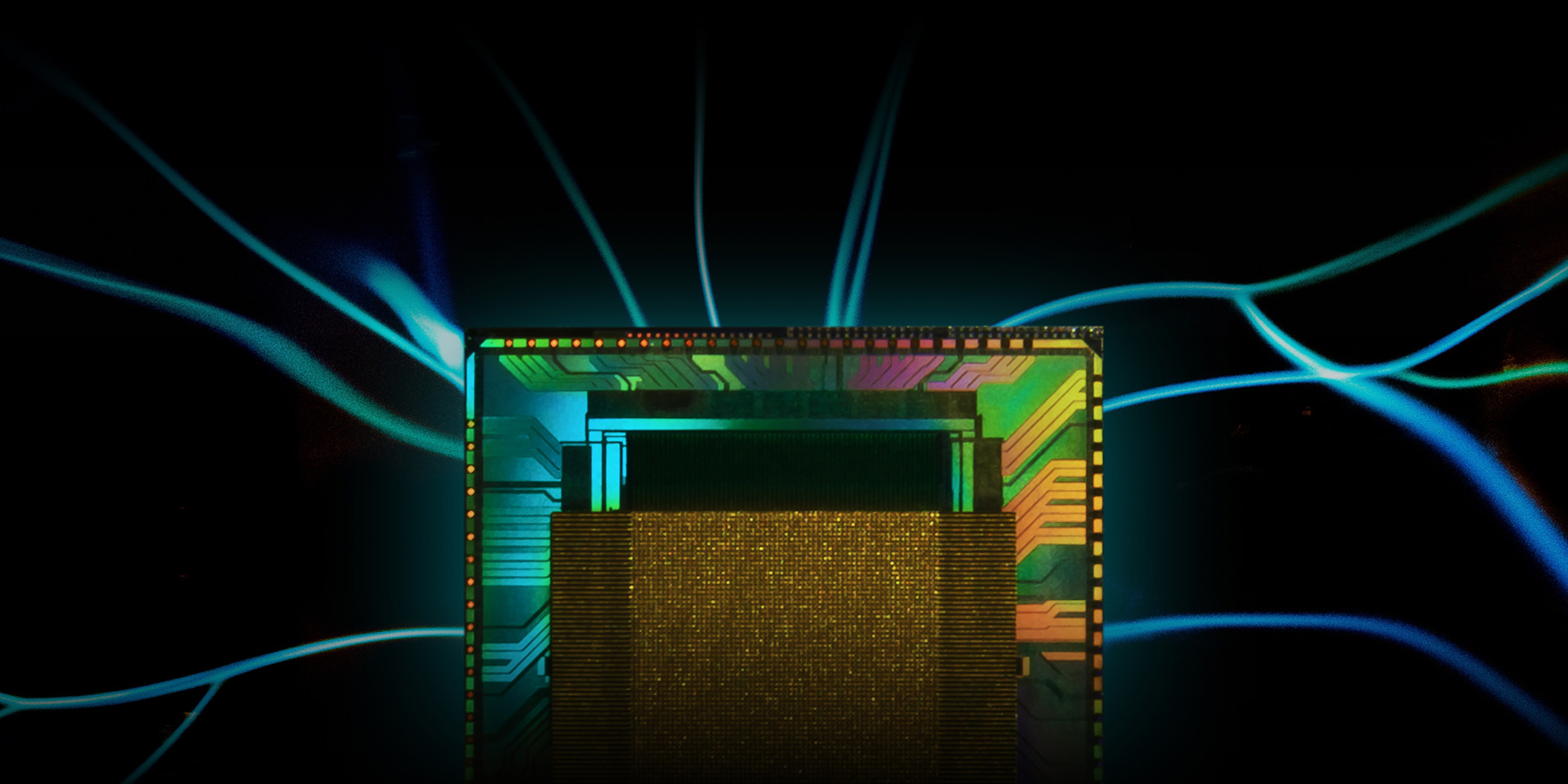3Brain’s Accura-3D microchip, a first-in-class cell-electronic interface, enters the market
In collaboration with Swiss experts in precision manufacturing from CSEM, 3Brain AG has announced an exciting 3D microchip for their brain-on-chip portfolio. This first-in-class cell-electronic interface technology will allow scientists to study the complexity of 3D cellular networks at unrivalled scale and precision – and to gain novel mechanistic insights into the inner workings of the most complex structure in the universe, the human brain.
Understanding how organs form and how their cells behave is essential to finding the causes and treatment for developmental disorders, as well as understanding certain diseases. However, studying most organs in live animals or humans is technically difficult, expensive, and invasive.
New biotechnologies like human-derived stem cells offer to recapitulate the complexity and functionality of human tissues and allow for the next generation of novel and exciting test systems including multicellular models, three-dimensional cultures and organ-on-a-chip. But the increasing complexity of these model systems brings new challenges for researchers and companies. Novel methods and devices are needed to meet accuracy, precision, sensitivity, specificity, and repeatability requirements for the evaluation of physiologically relevant endpoints in these systems.
Electroactive tissues like the heart, brain or nervous system are built up from networks of cells that communicate with each other via rapid depolarization of their membrane potential mediated by the opening and closing of voltage-gated ion channels. Cell-electronic interfaces are devices that record or instigate dynamic changes in extracellular field potential close to the plasma membrane, corresponding to the flux of ions into or out of cells, and connect these biosignals to computers in real-time. 3Brain’s technology can connect to thousands of cells at the same time and process biosignals at 20,000 frames per second in a spatially resolved pixel array, not unlike an ultra-high-speed HD camera, thereby effectively expanding the concept of label-free functional imaging beyond optical approaches.
Currently, cell-electronic interfaces like patch clamp and, more recently, high-density multi-electrode arrays are limited to 2D and suffer many limitations when it comes to measuring 3D model systems like brain organoids or tissue preparation because they cannot reach the necessary proximity to physiologically relevant cells.
To tackle these challenges, 3Brain AG paired up with CSEM, a Swiss research and technology organization with expertise in precision manufacturing, to develop a 3D cell-electronic interface based on complementary metal-oxide semiconductor (CMOS) technology. This first-in-class 3D CMOS microchip (named Accura-3D) is equipped with sensory gold-electrodes mounted on thousands of biopolymer-covered microneedles. Accura-3D enables the investigation of 3D cellular networks at unprecedented depths and resolution, which will open up unrivalled access to the complexities of biological systems. With only half the diameter of human hair, biopolymer-covered microneedles bypass damaged and surface cell layers of 3D model systems without disrupting the overall cytoarchitecture, thus retaining full biological integrity. Furthermore, custom-made microfluidic channels at the basis of Accura-3D were designed to mitigate physiological impact of varied diffusion gradients for oxygen, nutrients and compounds, a common issue when 3D models are measured with in vitro devices built for 2D.
With the addition of Accura-3D to their brain-on-chip portfolio, 3Brain AG has announced that the 3D chip design will be fully compatible and integrated with their existing technology platforms.
“What we really want is to empower researchers to ask new and daring biological questions that have so far been impossible to investigate,” says Mauro Gandolfo, CEO and co-founder of 3Brain AG. “Our cell-electronic interfaces expand the concept of optics-free functional imaging, all without the need for biological markers, fluorescent proteins or genetic manipulation of cellular networks. With Accura-3D, we created a first-in-class solution that can directly access the complex cytoarchitecture of 3D tissues and brain organoids. The biggest challenges are taking the vast amounts of data coming from cells and processing them without losing critical information in real-time. Accura-3D does a lot of the heavy lifting with on-chip processing, signal amplification and noise filtering, which basically makes the chip itself intelligent. This integrated intelligence is a remarkable distinction from other instruments in the preclinical space and helps researchers to record or even actively stimulate biosignals at unprecedented depths.”
For the development of Accura-3D, 3Brain has partnered with CSEM to push the boundaries of what is possible with 3D microfabrication. Michele Palmieri, VP Micro and Nanosystems at CSEM, was excited about what they achieved “Together with 3Brain AG, our team has been developing cutting-edge microfabrication processes to create a dense, vertically developed microneedle array on top of pre-processed advanced CMOS wafer. Such tall, vertically bound array goes above and beyond the state-of-the-art for microelectrode arrays, with an extreme electrode vertical/horizontal aspect ratio in excess of 8. To build it, it takes more than 80 process units, including photolithography and etch, multi-metal stack deposition, noble metal electroplating, structural polymeric material, planarization, etc. … to put it simply, it’s a microtechnology masterpiece – a technologist’s and neurobiologist’s ultimate dream.”
For more information, visit: https://www.3brain.com/





